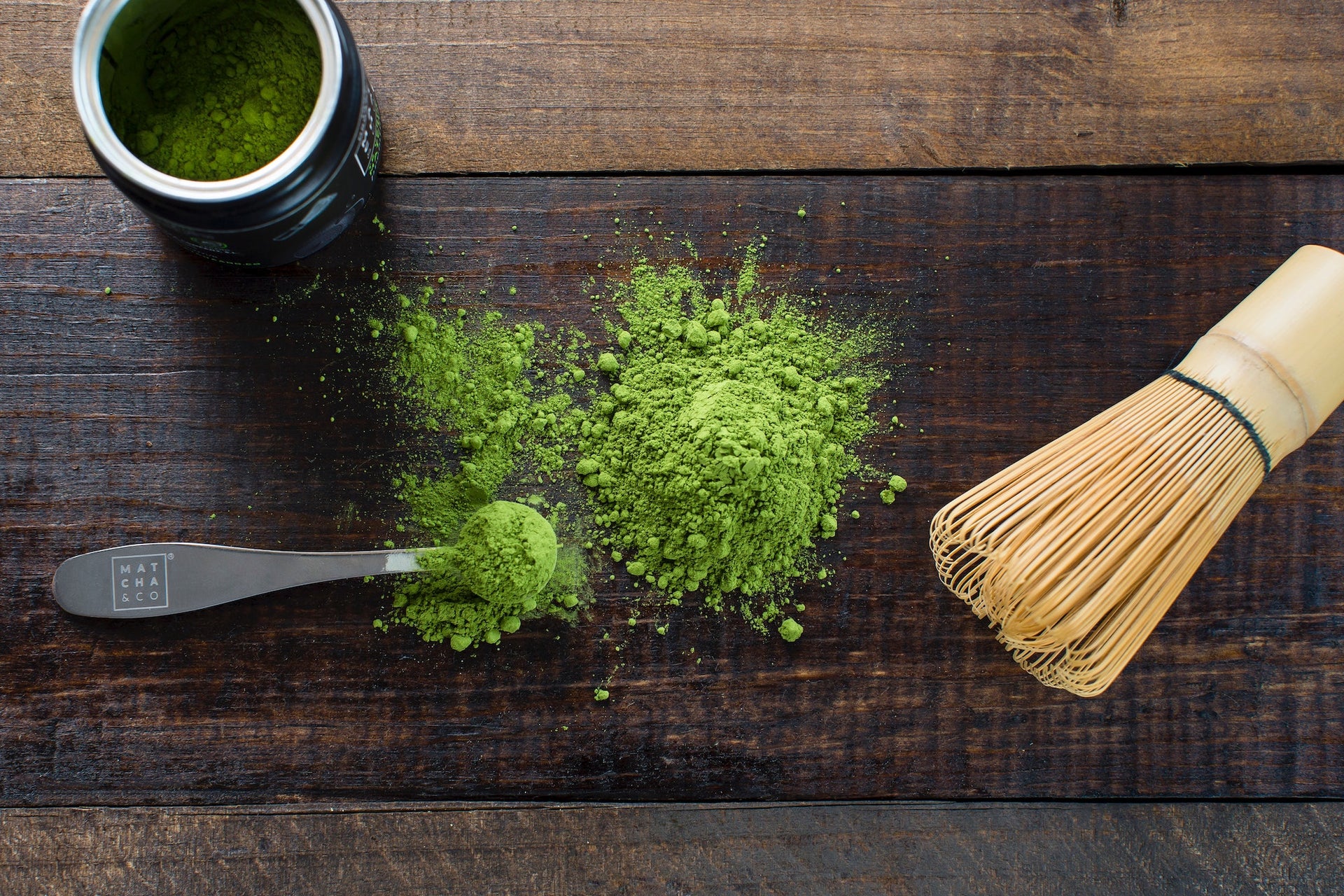How to Brew Matcha Tea

How to Brew Matcha Tea
Green tea leaves are processed into a powder called matcha. It has a unique, savory, almost earthy flavor that stands out among other teas. A teaspoon of matcha has roughly the same caffeine as a cup of coffee!
If you love the taste of matcha but don’t want to add that much caffeine to your diet, try brewing it instead of drinking it as iced or hot tea. Brewing with tea leaves will add lots of flavor and aroma to your drink but doesn’t contain nearly as much caffeine as drinking it as green tea.
We introduce you to the world of matcha in this post, explaining what it is and how to brew it correctly for the best flavor.
What is Matcha Green Tea?
Green tea leaves are processed into a finely ground powder called matcha. It has a unique, savory, almost earthy flavor that stands out among other teas. As opposed to other teas, which use the entire green tea leaf for brewing, matcha only uses the ground-up leaves.
This process gives matcha its unique flavor and appearance, with a more intense flavor and darker hue than other green teas. Matcha was initially used as a meditation aid in the Zen Buddhist temples of Japan. It has since become a worldwide trend due to its high amounts of antioxidants, amino acids, and caffeine.
How to Brew Matcha
Brewing matcha is different from steeping tea leaves. You’ll need a bowl or whisk to break up the matcha, a flat teaspoon or whisk to stir the matcha in the bowl, and a filter to separate the matcha from the liquid.
To begin, add 1/2 cup water and 1/2 cup matcha to a bowl or pitcher. Matcha should be stirred for around 30 seconds with a bamboo whisk or wooden spoon to break up the powder.
Next, pour the water into the bowl and slowly whisk the mixture until it’s smooth. Remove the bowl from the pitcher.
Using a strainer or tea ball, separate the matcha from the water. Drink the water freely, but be careful not to stir the matcha.
Matcha Benefits
As mentioned earlier, matcha contains antioxidants, amino acids, and caffeine. But what do these have to do with your health? Antioxidants are crucial to maintaining a healthy immune system and skin and reducing the risk of degenerative diseases like heart disease and cancer.
Matcha is high in antioxidants, especially the catechins EGCG, which have been shown to reduce oxidative stress in the body. Amino acids are the building blocks of proteins.
Matcha is high in amino acids, particularly l-theanine, which helps reduce stress and promotes mental clarity. Caffeine can help you increase your alertness and energy, improve your mood and reduce fatigue.
Matcha is high in caffeine but different from coffee or other caffeinated drinks. It releases caffeine slowly over time instead of all at once, making it a gentler energy booster.
How to Find the Best Matcha
The quality of your matcha will make a big difference in the flavor of your drink, so try to find a high-quality product. Here are some suggestions to consider when looking for the best matcha.
- Price - Matcha isn’t cheap, but it’s worth the price. You can find more affordable matcha but expect lower quality.
- Grading - Matcha from Japan is graded differently from other matcha, so keep this in mind when choosing a product.
- Storage - Store your matcha in an airtight container away from sunlight and heat.
- Flavor - Find a flavor you enjoy, and everything else will fall into place.
Tips for Brewing the Perfect Cup of Matcha
- Use high-quality matcha. Don’t skimp on the quality of your matcha to save a few bucks. Low-quality matcha will have a stale or bitter taste.
- Let your matcha steep for 1-2 minutes. Matcha is already ground-up leaves, so it doesn’t need as much time to steep.
- Use hot or cold water. You can make matcha with both hot and cold water. Hot water is recommended for the best flavor.
- Use bamboo or wooden whisk. Using metal whisks can make your matcha taste a bit metallic.
- Use a large spoon or strainer when pouring your matcha into a mug. You don’t want to stir the matcha into your drink.
Conclusion
Matcha is a unique and flavorful way to get caffeine and other health benefits. It has a bold taste that pairs well with just about any drink. If you’re a fan of the taste of green tea, but don’t want the caffeine, try brewing matcha.
Be sure to use freshly ground matcha to get the best flavor. If you’re looking for a great-tasting cup of matcha, check out our list of the best matcha brands. With these tips, you’ll be brewing the perfect cup of matcha.
